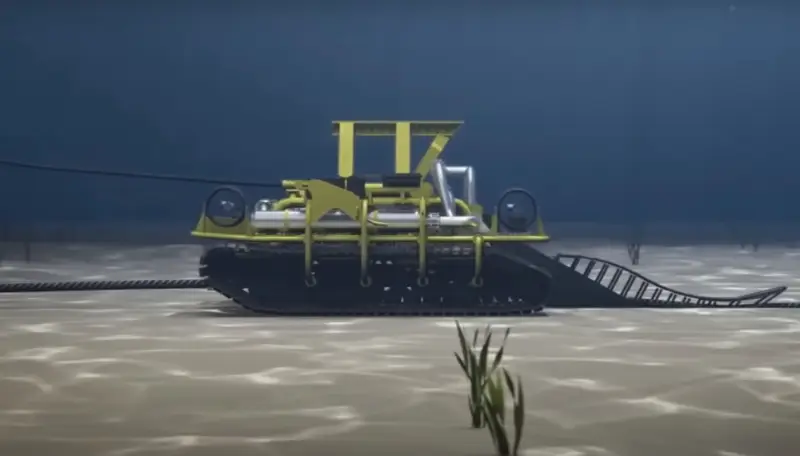Submarine fiber optic cables: can spies access strategic information?

Today the Internet has become something so commonplace for us that we can’t even imagine how people used to live without it. However, it is worth recalling that the Global Network is not only about video, games, communication and other entertainment. It also transmits the most important data of strategic importance for certain countries.
Currently, 99 percent of Internet traffic is transmitted via fiber optic cables that run along the bottom of seas and oceans and connect continents. This method of data transmission is tens of times more practical and cheaper than satellite. However, international undersea telecommunications have their weak point.
In particular, information transmitted through them can be intercepted by a potential adversary who has the appropriate technical capabilities.
To understand how information is stolen, you need to understand the very principle of transmission over optical fiber.
So, a cable laid overland has 144 optical fibers, while its underwater part has 8. Data is converted using a laser into light signals, and at the output - again into information. In a second, up to 10 billion such light zeros and ones can “slip through” one fiber.
At the same time, there is one caveat. The light signal tends to fade. Therefore, special amplifiers are installed every 80 km of the submarine cable.
It is the latter that are the weak point, where spies, using special devices, connect to several fibers, which pass through the amplifier individually, and not in a bundle, and begin collecting information.
At the same time, the main difficulty for those who steal data is its colossal volume. Even if one optical fiber is half-loaded, approximately 10 terabytes of data will be collected in an hour. The last ones need to be placed somewhere and quickly deciphered, so that the next ones can be written down in their place.
However, this will not be a problem if the connection is made from a submarine. At one time there were rumors that the Americans were stealing information from intercontinental highways at the bottom of the sea from the USS Jimmy Carter nuclear submarine.
Typically, the US authorities did not officially refute this information.
As a result, in this case, information from a spy device connected to an amplifier could be transmitted in real time on board the submarine, and from there it could also be sent online to American servers for further processing and decryption.
Information